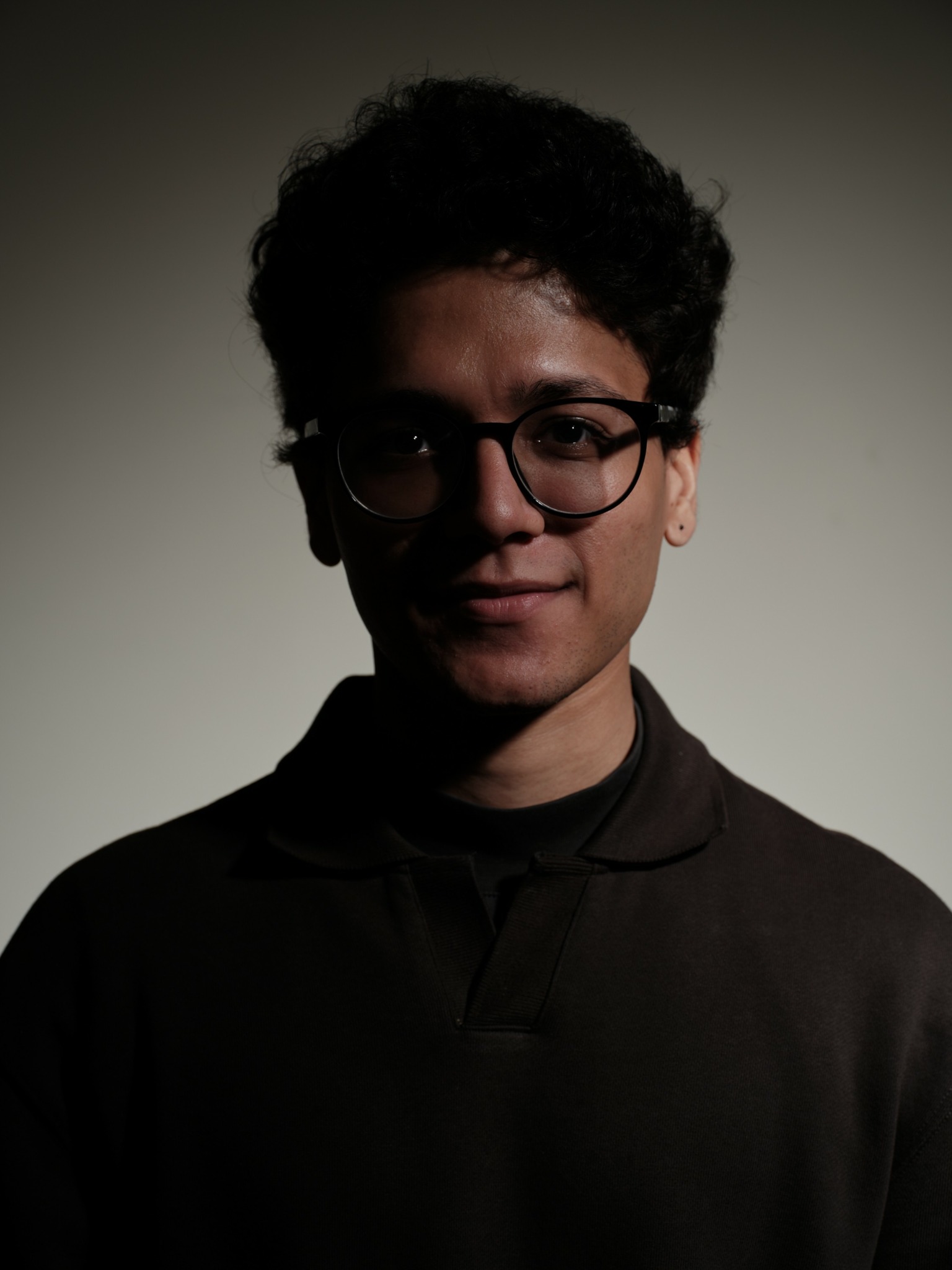We recently connected with Arnav Mangla and have shared our conversation below.
Alright, Arnav thanks for taking the time to share your stories and insights with us today. Can you talk to us about a project that’s meant a lot to you?
The most meaningful project I’ve worked on is my short film, Subah (Awakening), a coming-of-age story about Jai, a gifted athlete torn between his father’s ambitions and his own dreams after the untimely death of his mother. Subah is a love letter to my family, my culture, and all the bewildering ways families show love without ever really saying it.
If you’ve ever been in an Indian household, you know that love isn’t necessarily expressed through grand speeches but through lovingly force-fed food or unsolicited advice about your career. I wanted to highlight these unspoken gestures and the quiet sacrifices parents make for their children, often without asking for so much as a “thank you” in return.
Bringing Subah to life, however, was far from subtle—it was more like orchestrating a chaotic flash mob in a monsoon. This was my biggest project to date: a bigger-than-my-usual-size crew, a higher-than-my-comfort-level budget, and an ambitious four-day shoot where we would be shooting 22 pages of script with multiple locations and choreographed running sequences. I flew a few of my SVA classmates to India, where they were immediately initiated into the local culture via street food, aggressive honking, and the omnipresent heat. My big Indian family became my unsung heroes: my sister doubled as costume designer, my brother became the line producer, and everyone else pitched in to help in any possible capacity.
The challenges, however, were relentless. I found myself constantly switching between being a director and a makeshift problem-solver, occasionally outwitted by an unexpected downpour. Bridging the gap between my international crew and local team was its own creative tightrope—half diplomacy, half charades—but we made it through, managing to get everything we needed.
Thematically, Subah resonated with me because it’s about hope—a stubborn, inexplicable belief that things will get better. Jai’s running scenes, which mirror his internal struggles, were a metaphor not just for his journey, but also for mine as a filmmaker: equal parts exhilarating, exhausting, and occasionally involving a cramp.
The film has since gone on an adventure of its own. It had its international premiere at the Chelsea Film Festival in New York and has also been screened in Tokyo, Rome, Delhi, and Mumbai. Sitting in those theatres—far from home—watching audiences react to this very personal story was surreal. It reminded me why I make films: to connect and reflect.
At the end of the day, Subah isn’t just a film; it’s a testament to the power of collaboration, chaos, and sheer, irrational hope that sometimes, just sometimes, things might work out beautifully.
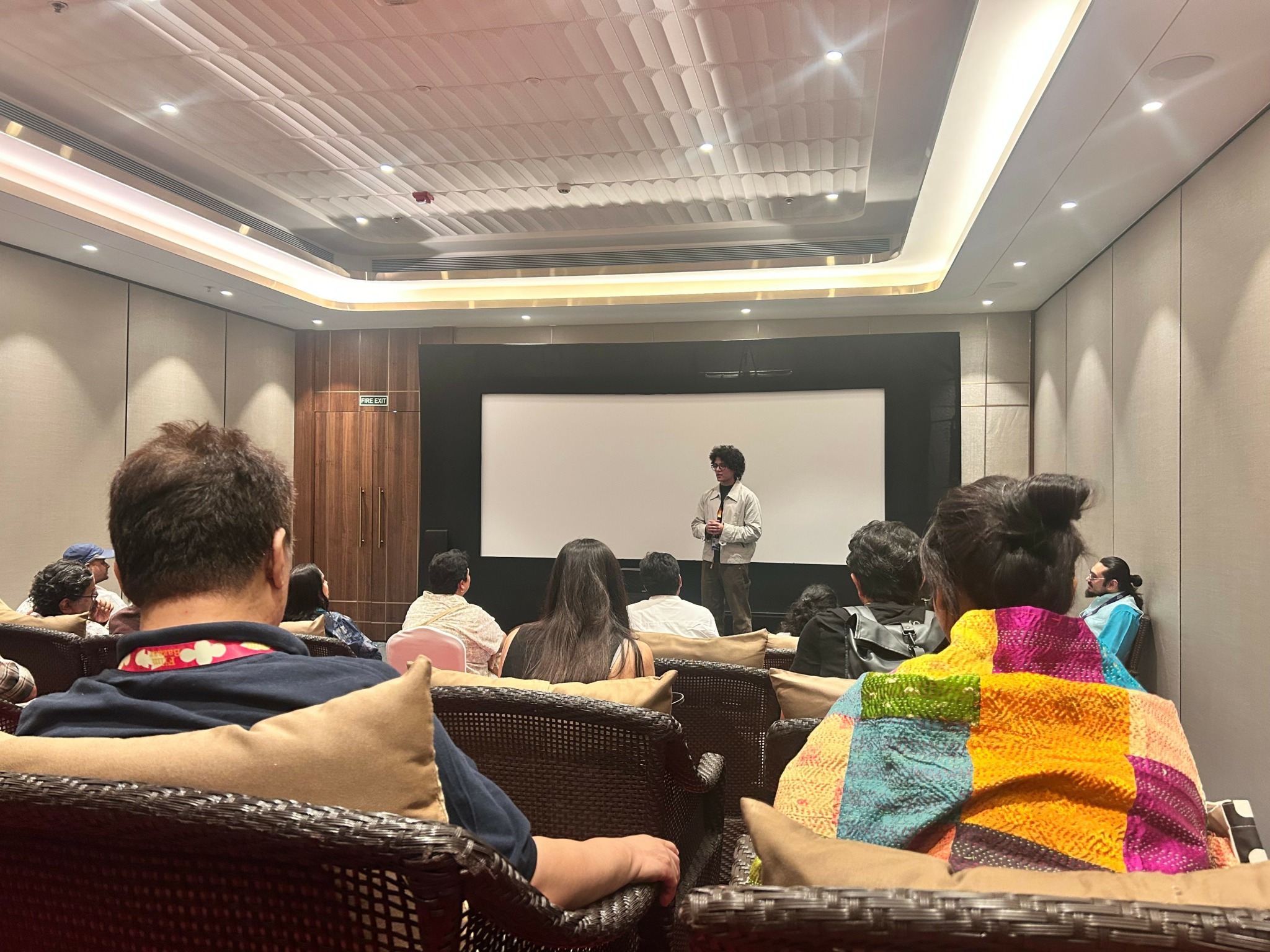
Great, appreciate you sharing that with us. Before we ask you to share more of your insights, can you take a moment to introduce yourself and how you got to where you are today to our readers.
I’m a director and editor with roots in India and a creative journey shaped by diverse experiences across the globe. My childhood was a whirlwind of relocations thanks to my parents’ work, which turned me into something of a cultural sponge. My passion for filmmaking was sparked in high school, quite unexpectedly, when a film theory class made me fall in love with the why behind storytelling. What started as an escape from STEM eventually became my purpose: to tell visually striking, emotionally resonant stories.
Eventually, I landed at the School of Visual Arts (SVA) in New York, where I honed my craft across various roles—assistant director, cinematographer, colorist, sound mixer, and editor. However, my heart always gravitated towards directing and editing. Over the years, I’ve created short films, commercials, music videos, and documentaries. My most meaningful project, Subah (Awakening), is a coming-of-age story inspired by my own cultural experiences. I’ve also directed films like Lip Service, a twisted comedic love story with a dash of paranoia, inspired by Kurosawa’s Rashomon. It won Best Relationship Drama and did well at the festival circuit, while challenging me to adapt to industry standards by working with professional producers and crew.
What sets me apart is my ability to tell stories that are culturally rooted yet universally relatable. Growing up across India, combined with my experience in New York, allows me to see narratives through a unique lens, often finding humour and poignancy in life’s chaos.
At the end of the day, I’m a storyteller who thrives on creating visuals that move people. Whether it’s a deeply personal short film, a quirky comedic piece, or a sleek commercial, my goal is to make something authentic and memorable. I’m constantly learning, growing, and striving to bring fresh perspectives to every project I take on.
If there’s one thing I want people to know, it’s that I’m a storyteller first. I strive to create work that moves people—visually, emotionally, and sometimes unexpectedly.
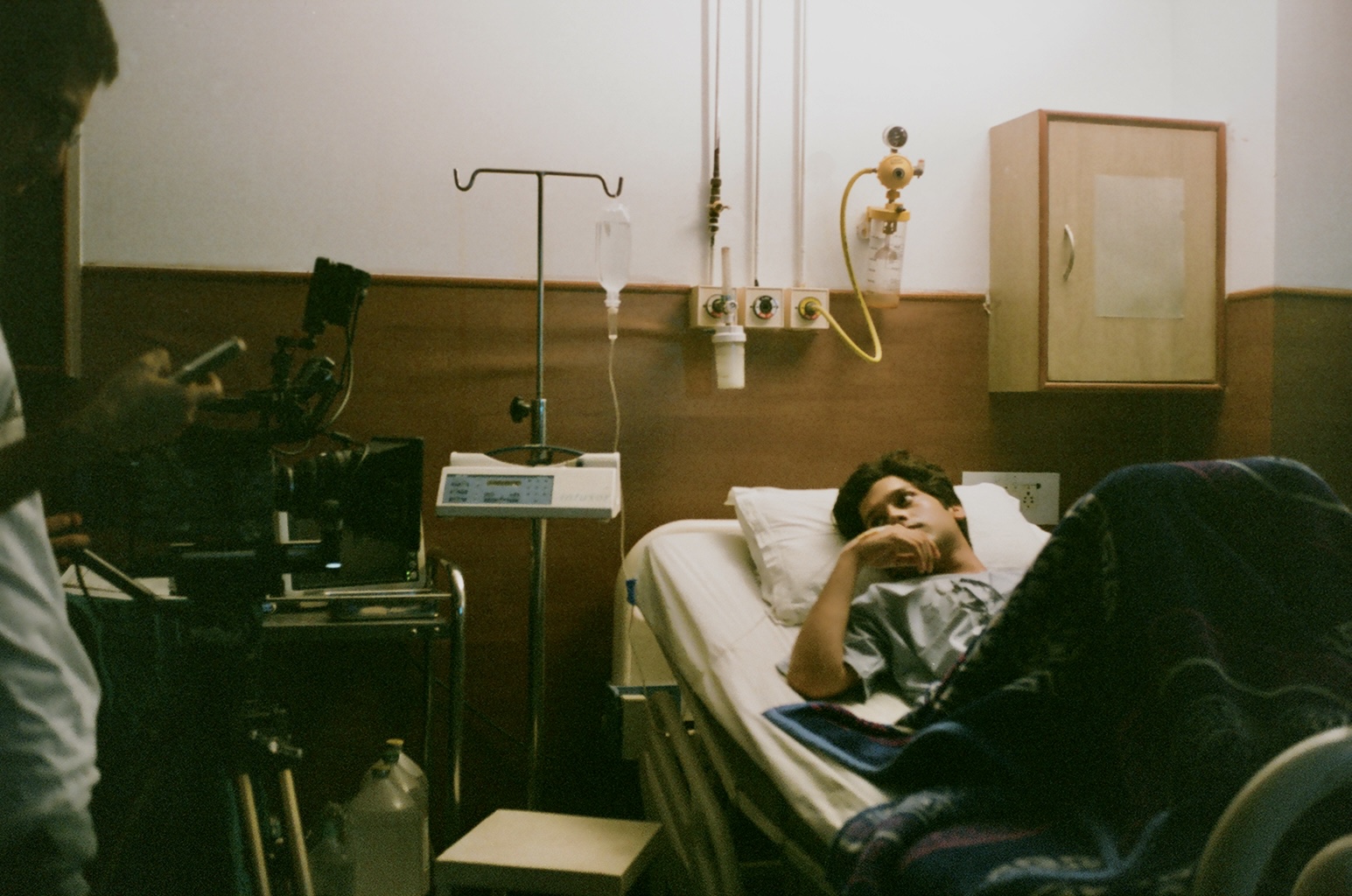
Are there any resources you wish you knew about earlier in your creative journey?
In hindsight, there are so many resources I wish I’d stumbled upon earlier that could have saved me time and energy.
One of the biggest game-changers has been tools like ShotDeck, an absolute lifesaver for finding visual references. As a director, trying to explain the images floating in your head can feel like describing a dream. Back when I started, I’d spend endless hours digging through movies or random screenshots, hoping to find that shot to match what I had in mind. Discovering ShotDeck felt like someone finally handing me a well-organized library of visuals, saving me from endless scrolling and helping me communicate my ideas clearly and efficiently.
Another important realization was the value of studying other people’s work—those whose films, shots, or storytelling I admired. Initially, I thought I had to do something ‘original’, but I soon learned that it’s more about how you to do it instead of what you do. Austin Kleon’s book Steal Like an Artist solidified this idea for me: all creativity builds on what came before. I began pulling inspiration not just from films but from songs, books, paintings, and even conversations. Over time, I understood that originality lies in how you synthesize these influences into something that feels uniquely you.
Another resource I underestimated was simply building a network of mentors and peers. Surrounding myself with people who are passionate about their craft—whether editors, cinematographers, or screenwriters—became a constant source of learning and growth. I realized that filmmaking (or any creative work) isn’t a solo endeavour, and I didn’t have to figure everything out on my own.
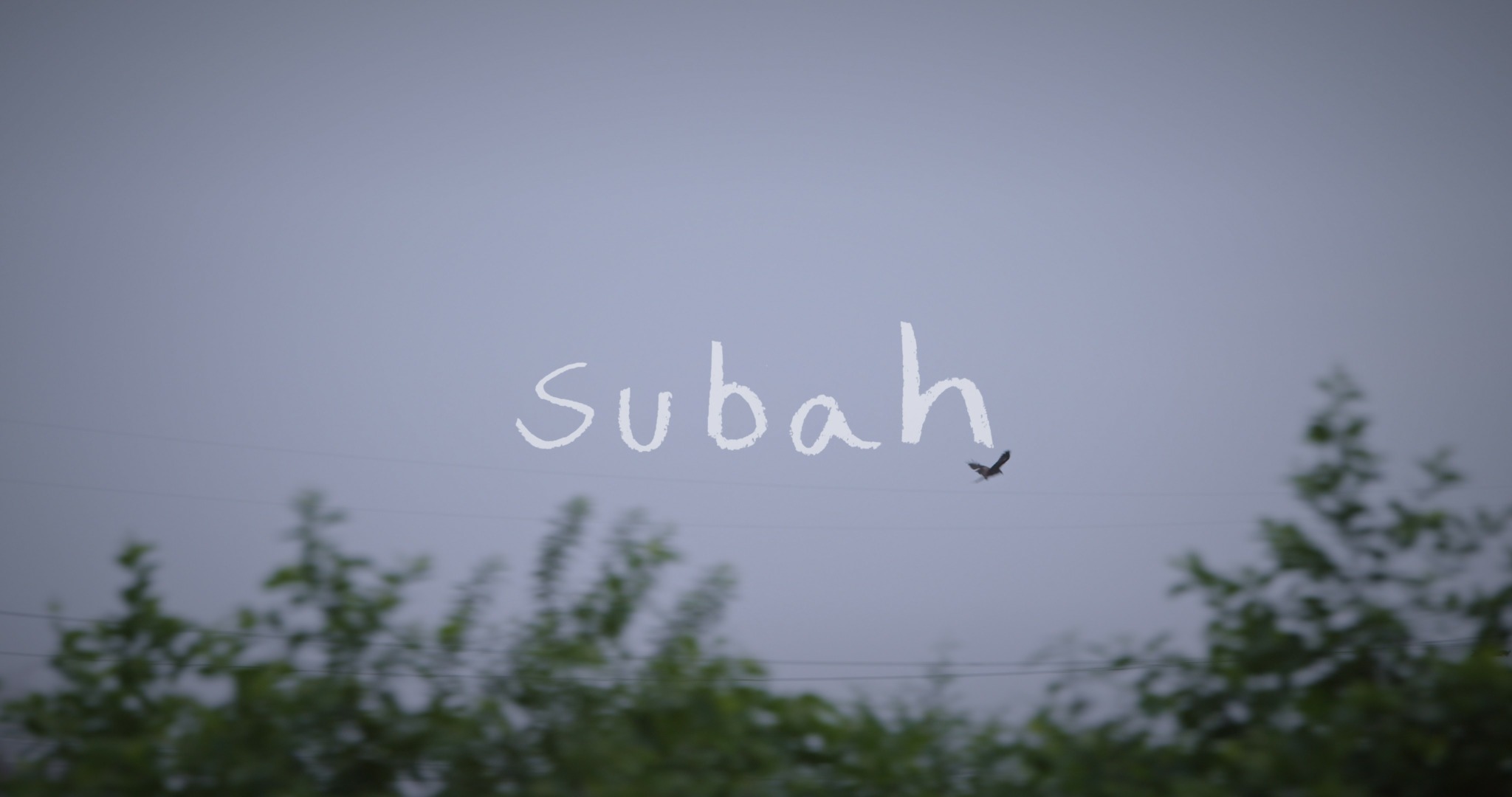
Are there any books, videos, essays or other resources that have significantly impacted your management and entrepreneurial thinking and philosophy?
I’m someone who loves rewatching films and TV shows—I’ll often have them running in the background while I work, almost like a phantom presence keeping me company. There’s a comfort in revisiting stories that have moved me, made me laugh, or pushed me to think differently. Comedies like The Office and Arrested Development remind me of the importance of levity, timing, and how humor can make even chaos feel manageable—something I try to carry into my work environment, especially when the stress levels start climbing.
Films like Gattaca and Everything Everywhere All at Once have left a deep impression on me. Gattaca’s exploration of perseverance and defying limitations is something I hold onto when tackling ambitious projects or dealing with self-doubt. Meanwhile, Everything Everywhere All at Once reminds me that even in overwhelming chaos, there’s beauty, connection, and meaning—lessons that are equally relevant in life and in leadership.
When it comes to creative thinking and entrepreneurship, Austin Kleon’s Steal Like an Artist has been a constant companion. It reframed how I see originality: that it’s less about creating something entirely “new” and more about how you combine influences and bring your unique perspective into the mix. As a filmmaker and director, my management philosophy has always been to create an environment on set where creativity thrives. I’ve learned that great ideas don’t come from rigid hierarchies—they come from trust, open communication, and giving every team member the space to contribute.
At the end of the day, my approach to both management and creative work comes from observing people—on screen, in books, and in real life. Whether it’s a profound sci-fi film or a quirky sitcom, stories have taught me to appreciate perspectives, adapt to challenges, and maintain humor, even when things are at their hardest.
Contact Info:
- Website: https://www.arnavmangla.xyz/
- Instagram: https://www.instagram.com/filmfhrer/
- Linkedin: https://www.linkedin.com/in/arnavedit1/
- Other: Vimeo: https://vimeo.com/user190553935
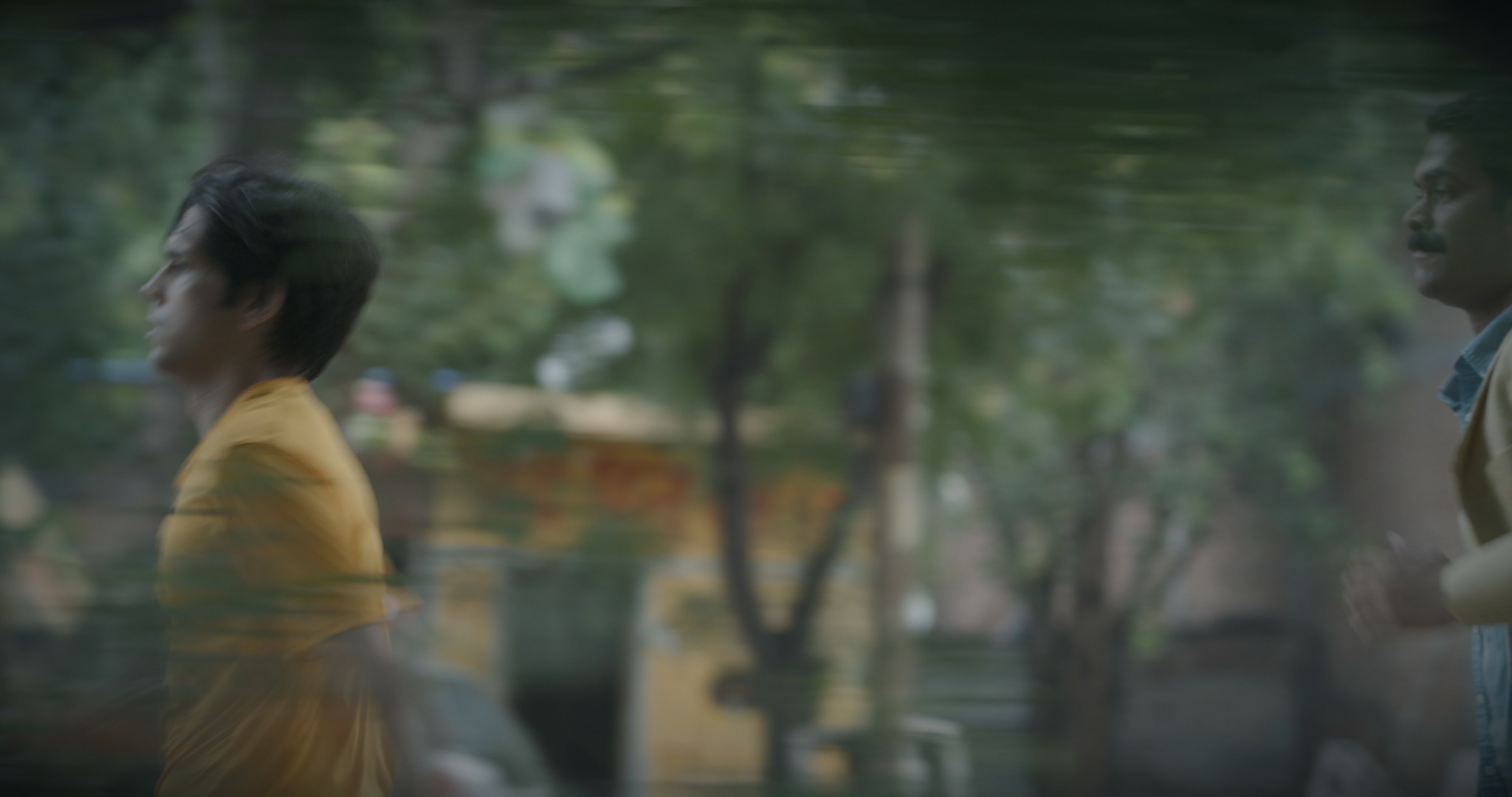

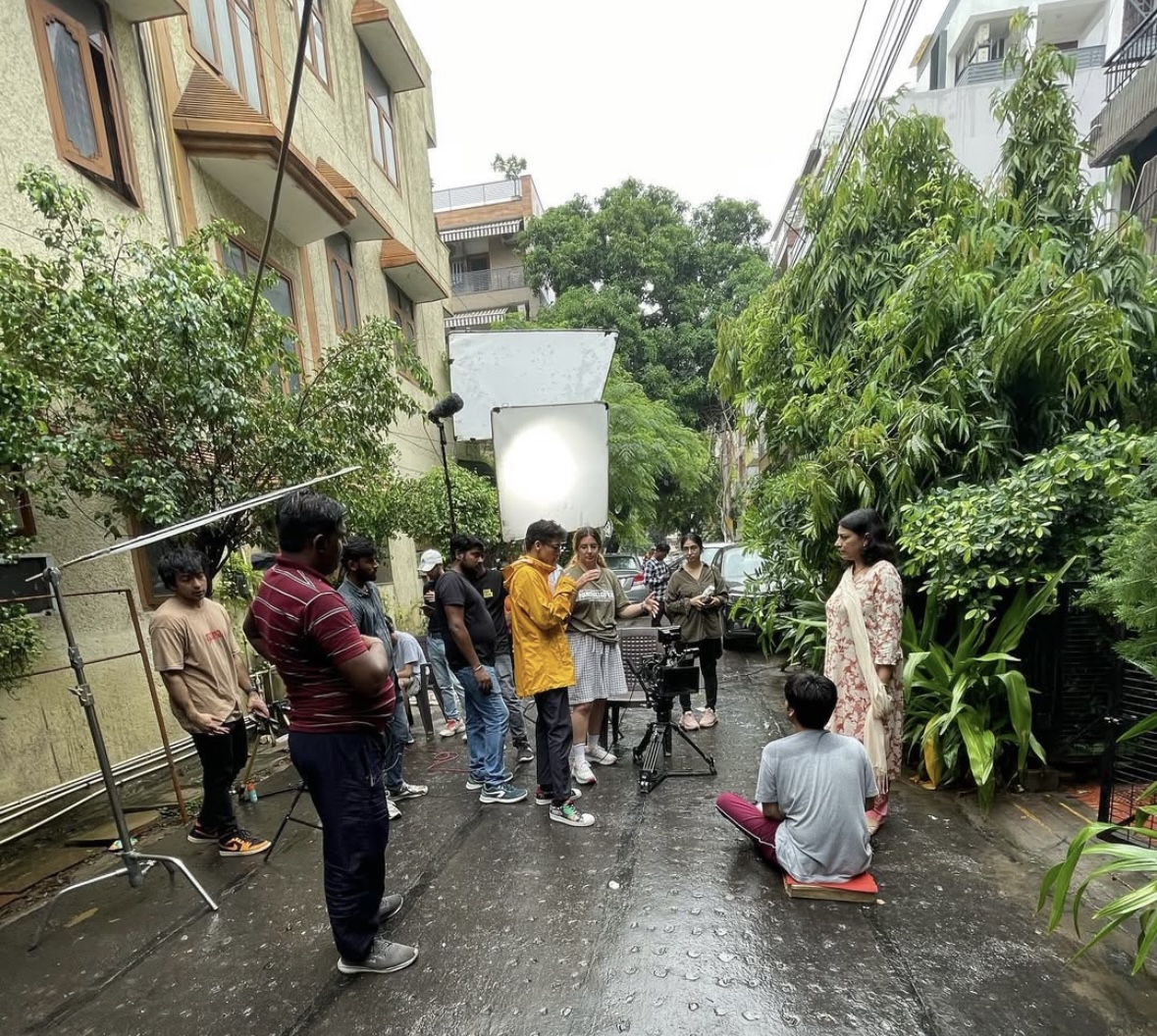
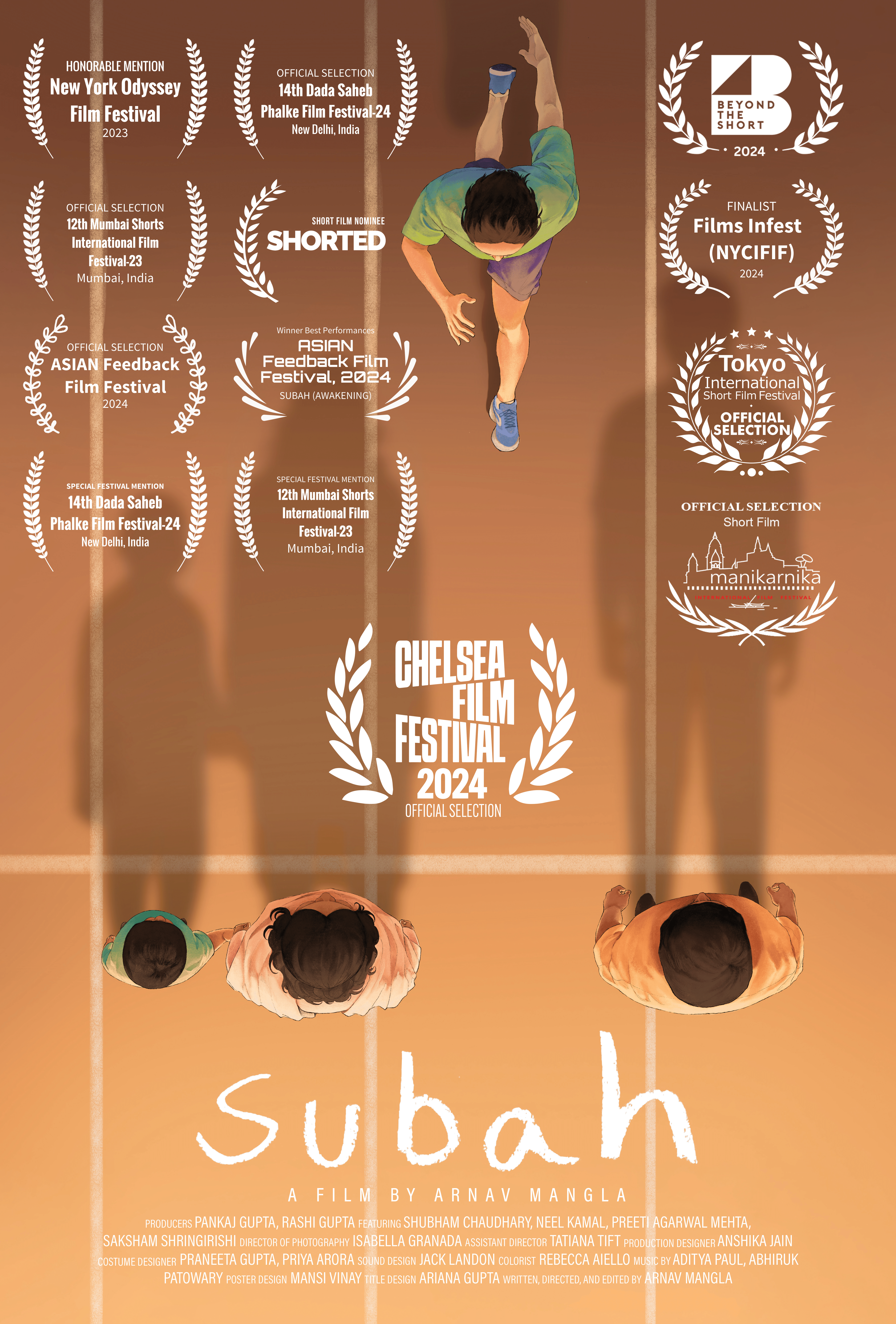
Image Credits
Mansi Vinay
Ariana Gupta
Rahul Rekapalli


